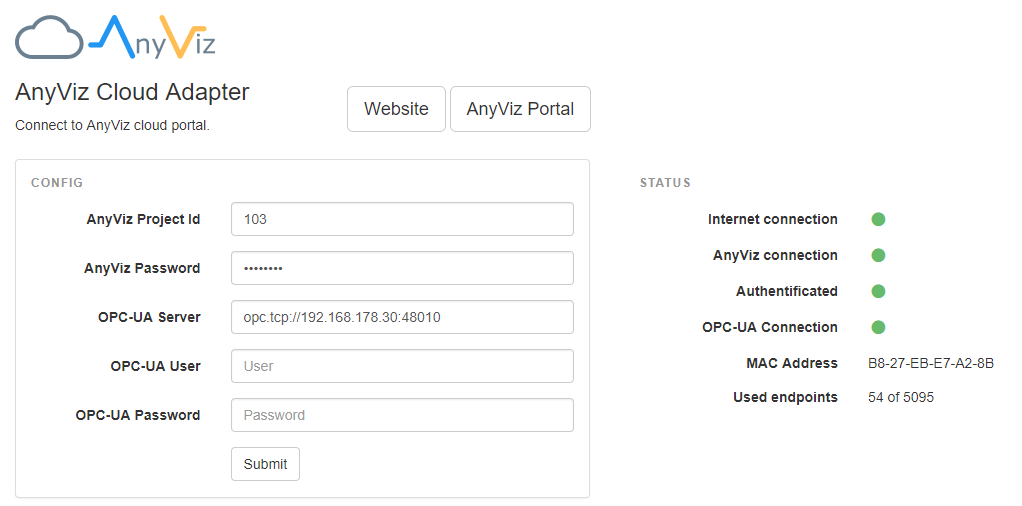OPC-UA is a popular protocol for the exchange of machine data. However, due to the client/server architecture, it is hardly suitable for transporting data into the cloud. This blog post explains why OPC-UA is so often used and how to connect to the cloud.
Many automation components, such as controllers or sensors, make their data available via OPC-UA. They serve as OPC-UA servers and allow selected clients to connect to the device to exchange values. When communicating in the cloud, a port in the firewall would have to be opened so that a cloud system can initiate the connection. Any responsible administrator would prevent this.
How does communication in the cloud succeed?
The OPC-UA protocol must be converted into a Cloud-enabled Publisher/Subscriber (short Pubsub) protocol. In practice, protocol converters are often used for this purpose. These establish the connection to the OPC UA server and cloud portal and act as a data broker. Unfortunately, such solutions are usually associated with a high configuration effort, as each individual OPC-UA node that is to be made available usually has to be specified manually.
OPC-UA with AnyViz
Due to the growing popularity of the protocol, AnyViz provides an OPC UA compatible Cloud Adapter as a software package. The very slim and cross-platform component can be installed on many Linux and Windows systems and is available as a free download. The intuitive web interface makes configuration quick and easy, even for devices without a monitor. The CloudAdapter can also be used on inexpensive edge devices and adds the functionality of an IoT gateway. In addition, the cloud adapter can be installed on controllers with Linux operating systems with just one command.:
wget -qO - http://install.anyviz.io | sh
After entering the OPC-UA address in the configuration interface, all OPC nodes are automatically transferred and displayed in the AnyViz portal. The comfort of OPC UA is not affected and the configuration of node IDs and namespaces is not required. You will find the relevant download links and a functional description in our documentation.

Useful scenarios
As there are usually many different field buses and communication protocols in use on the shopfloor, OPC-UA is suitable for making the data available for further use via a uniform protocol. Using the Universal Cloud Adapter, the data of the sensors and machines in the cloud can be evaluated, monitored and analyzed. This solution can also be used to implement cross-location machine to machine communication.
But not at any price
As a result of numerous industry 4.0 discussions, the opinion has established itself that OPC-UA should not be missing in any modern solution. However, it should be considered that when using this protocol for sensor to cloud communication, several protocol conversions are required. Since the OPC-UA stack is not really slim, this is usually associated with higher effort. Communication directly via the AnyViz protocol is more efficient in many cases. After all, in autumn 2006, when the OPC-UA specification was adopted, cloud solutions were not yet in focus of the automation industry.
Conclusion
OPC-UA is very well suited for collecting process data from the shopfloor. Thanks to the OPC-UA CloudAdapter for AnyViz, the integration into the cloud succeeds within a few minutes and the elegant browsing of the OPC nodes is adapted into the AnyViz portal..

